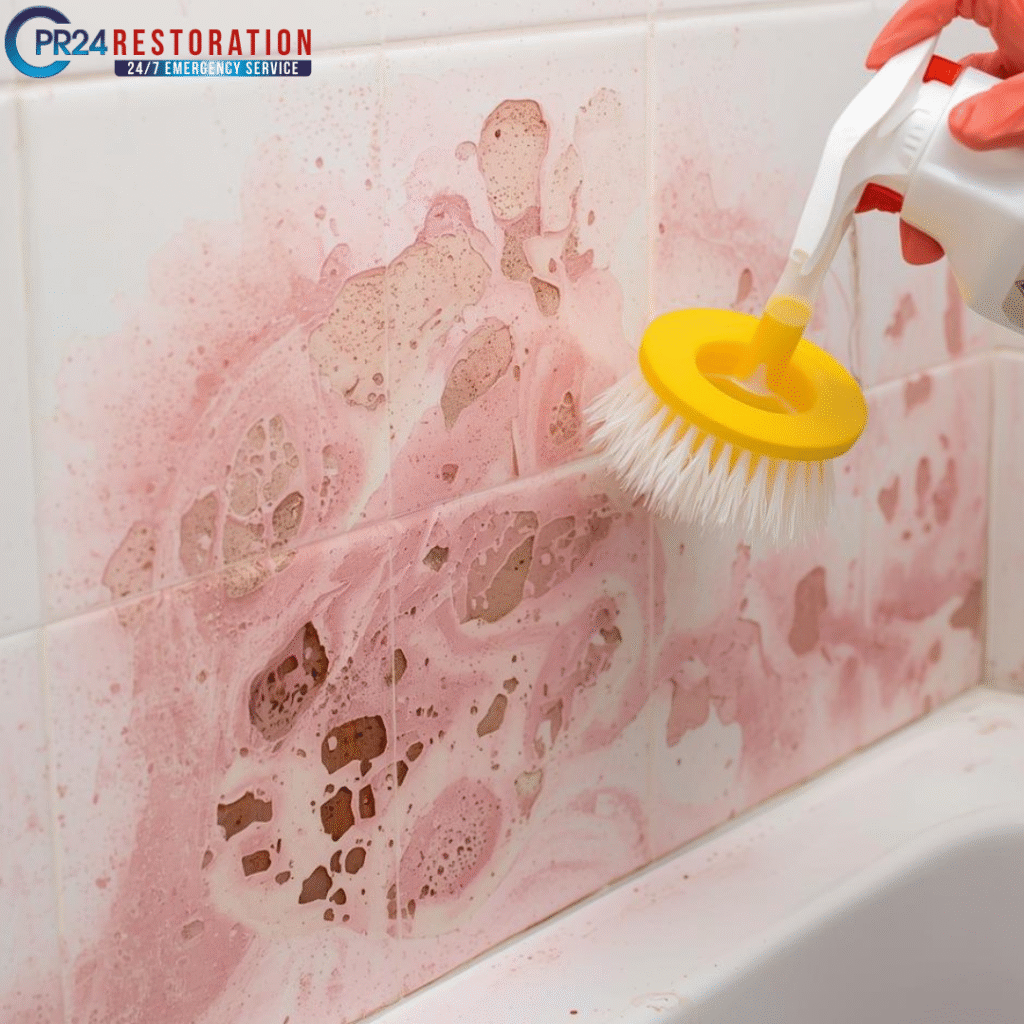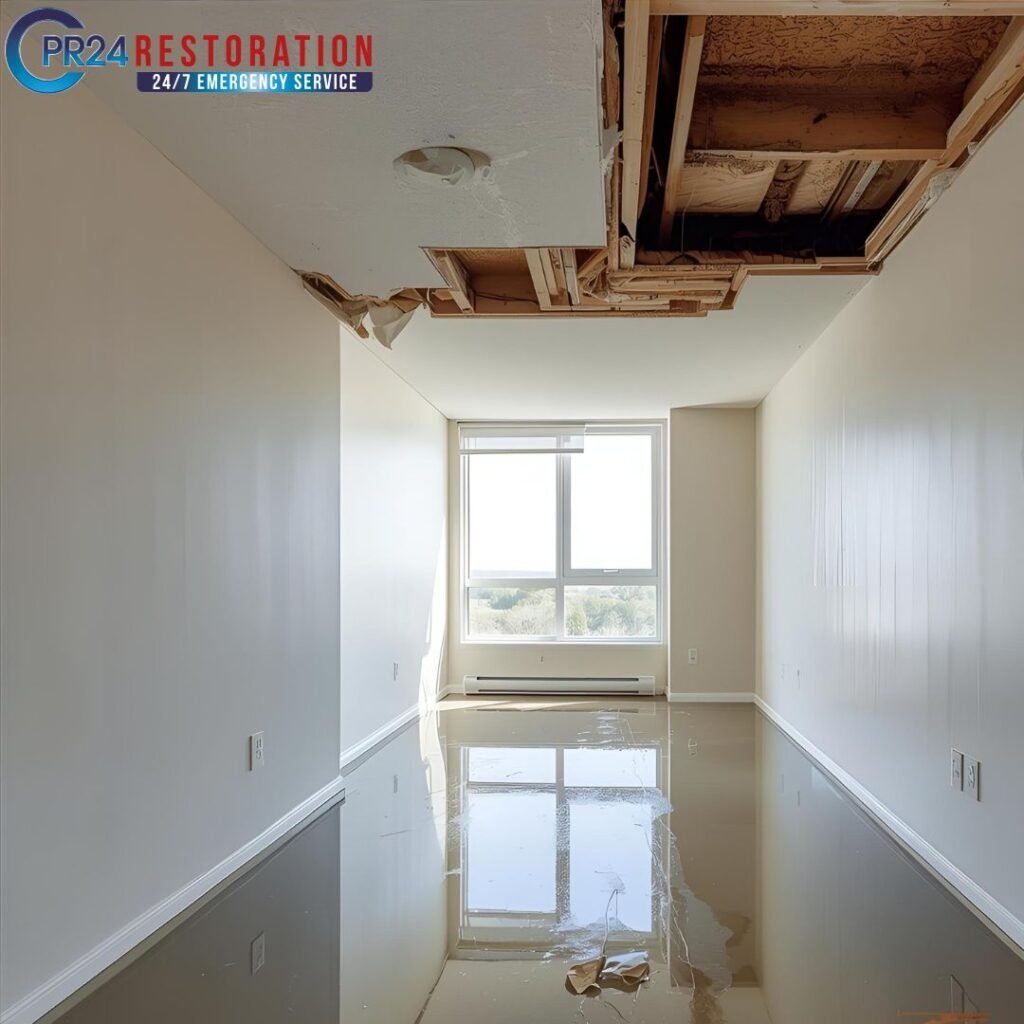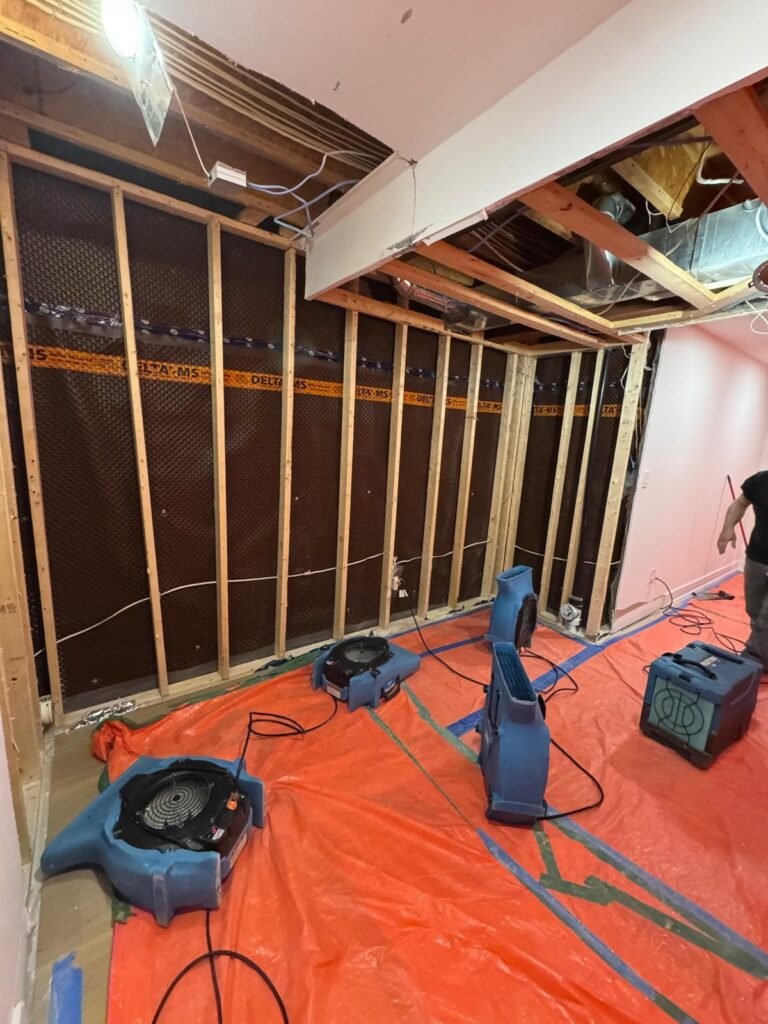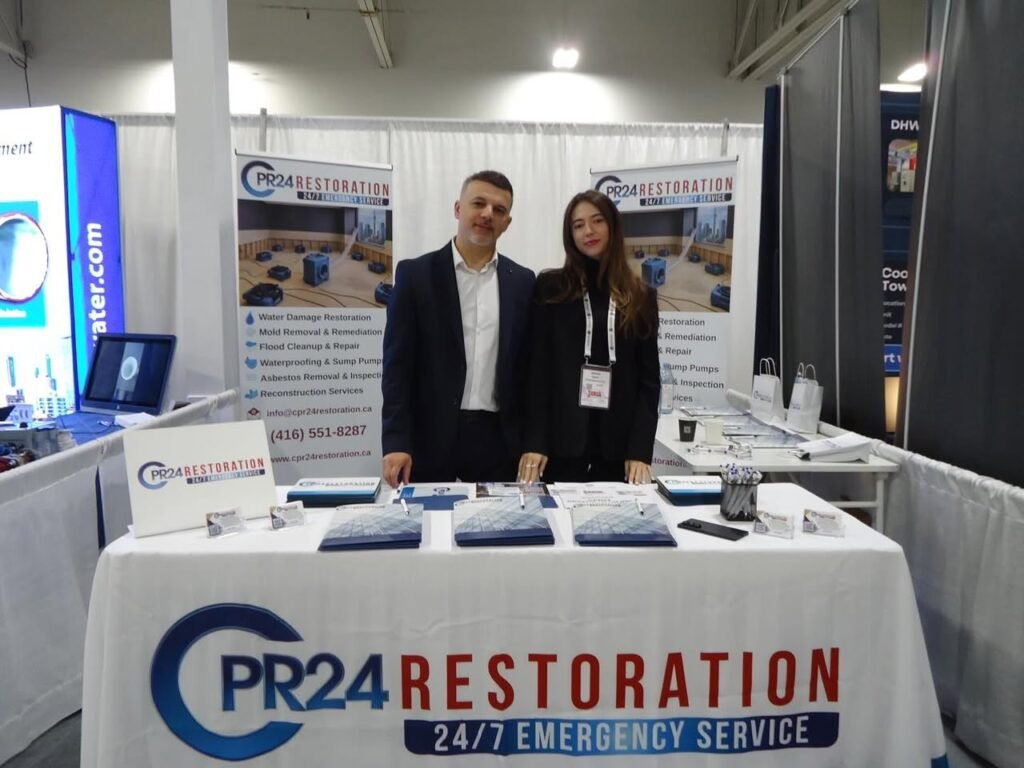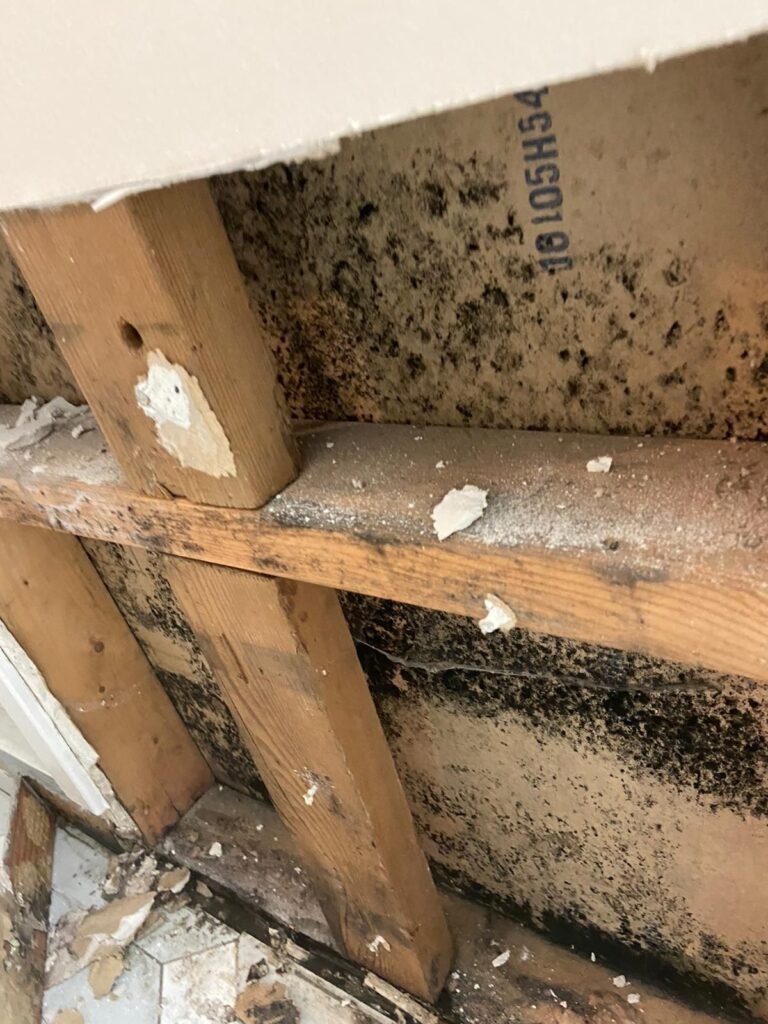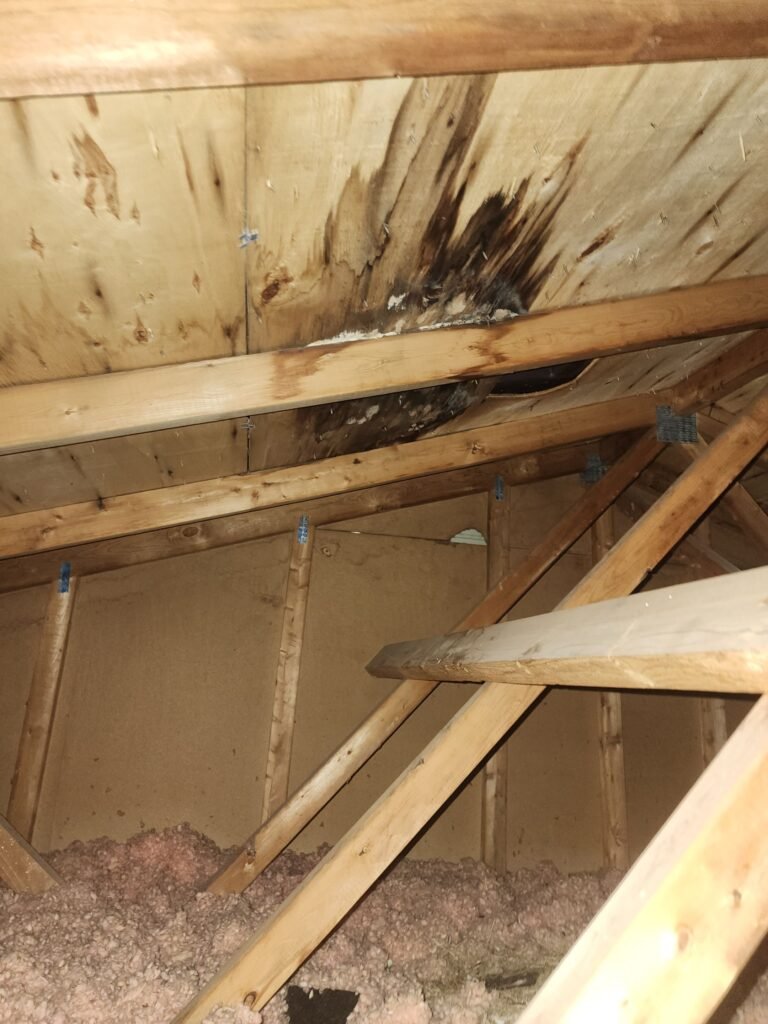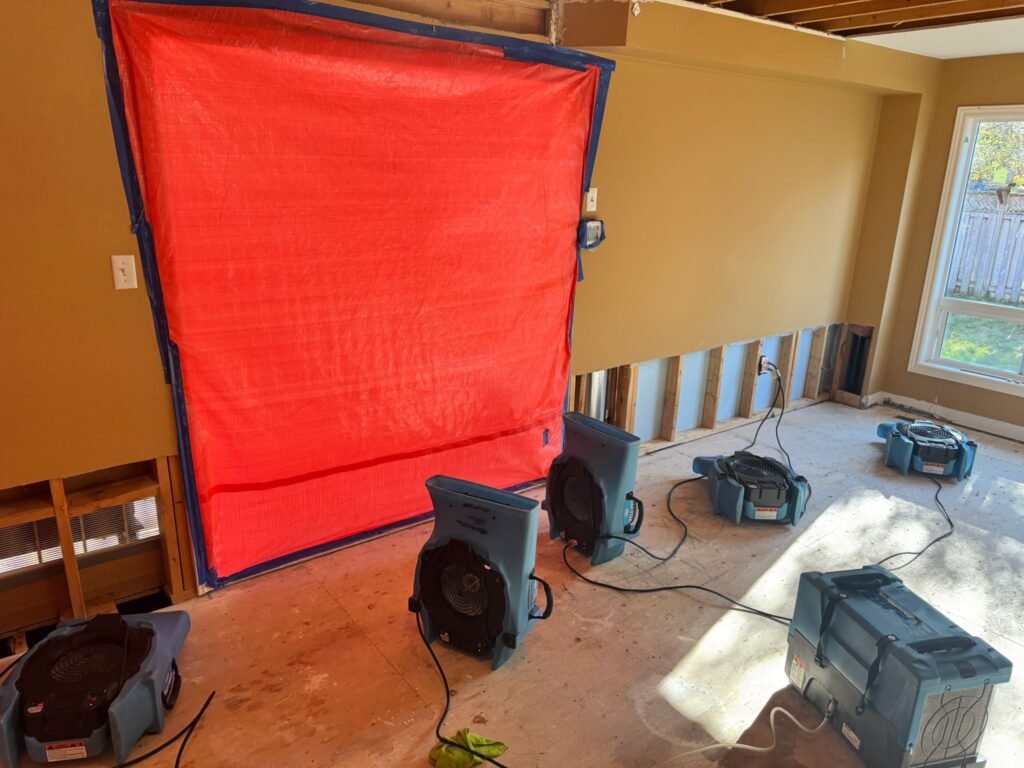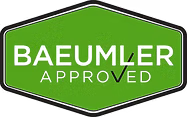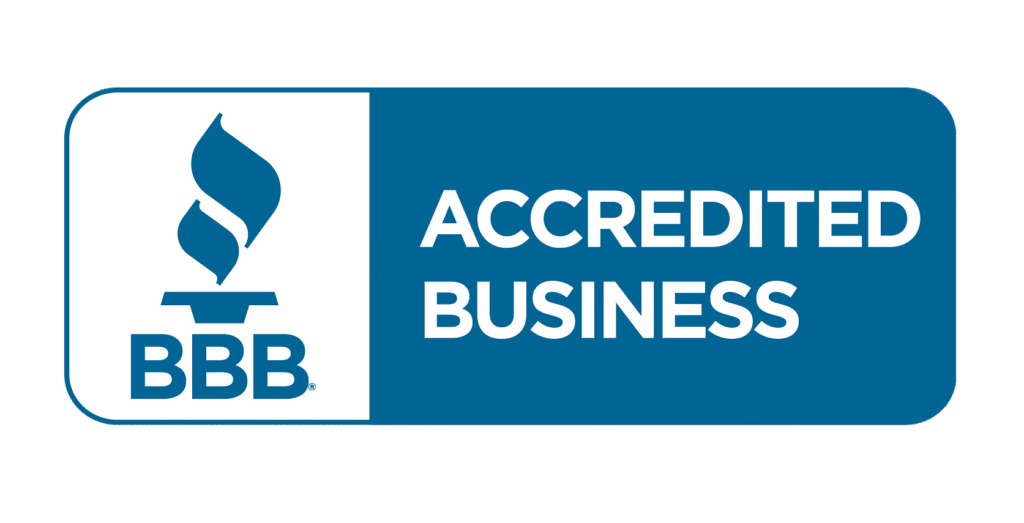Heavy Rain Basement Flooding Toronto
Basements naturally face flooding risks because they sit at a building’s lowest level, below ground level. Heavy rains create multiple water intrusion paths through foundation cracks, overwhelmed drainage systems, and sewer backups. Your basement needs quick action, whether you’re dealing with current flooding or want to prevent future problems. We must identify the source of the water problem first. Quick solutions prevent damage to your home’s structure and your belongings. This blog explains why basements in Toronto flood during heavy rain. It also covers emergency steps and ways to protect against future storms. Why Basements Flood During Heavy Rain in Toronto Toronto creates perfect conditions for basement flooding because of its climate, geography, and infrastructure. You need to learn about several factors that cause water to get into your basement. Water pressure and soil saturation Water from heavy rainfall soaks the ground around your home and creates hydrostatic pressure. This invisible force pushes water through tiny cracks or porous areas in your basement walls and floors. Toronto faces these challenges: Clogged gutters and downspouts Your gutters should collect rainwater and move it away from the foundation. But this system often becomes the hidden cause of basement flooding: When gutters get clogged, water overflows next to your foundation. This soaks the soil around your basement. When downspouts are too close to your home, thousands of litres of water pour beside your foundation walls. Your downspouts should extend at least 6 feet from your home. If you have clay soil, they should extend 10 feet. Poor grading and landscaping Rainwater flows toward your home instead of away from it when your property isn’t graded properly: Water collects near the foundation instead of draining away because of poor grading. The ground should slope down at least 5%, which is about 6 inches over 10 feet. Natural drainage areas in Toronto have shrunk because of urban development. Sewer backups and municipal overload Toronto’s sewer system struggles during heavy rainfall: About 23% of Toronto still uses combined sewers. These sewers carry both sewage and stormwater in one pipe. During heavy storms, wastewater can back up into basements. Combined sewer overflows act like “relief valves” to stop flooding. However, they can push water back through your drains. Aging infrastructure is under more stress because climate change has made rain heavier. What to Do When Your Basement Floods Water in your basement needs quick action to limit damage and health risks. Quick steps now can save thousands in repair costs and keep you safe. Turn off electricity and gas if needed Your safety comes first – disconnect power to your basement right away. Many Toronto homes have electrical panels in the basement, so never enter a flooded area with live power. Remove standing water safely The area needs to be safe before you start removing water. Your approach depends on how bad the flooding is: You need protective gear. Wear rubber boots, gloves, long clothing, protective eyewear, and masks. This is important if you think there is sewage contamination. Dry and disinfect affected areas High-velocity fans and industrial dehumidifiers should run for 48-72 hours to reach 30-50% humidity. Fresh air helps, so open your windows and doors. You will also need to take out soaked materials. This includes carpets, drywall up to 2 feet above the waterline, and insulation. Hot water and liquid detergent will clean all surfaces. A bleach solution works well to sanitize walls and floors – mix 1 cup of bleach with 5 gallons of water. Bleach and ammonia or other cleaning products should never mix. Document damage for insurance Clear photos and videos of all damage from multiple angles help before cleanup starts. Make sure to show water levels, damaged belongings, and serial numbers on damaged appliances. Every receipt from cleanup and repairs matters. Your insurance company needs to know about the whole ordeal right away – give them all the details. A detailed list of damaged items helps, especially with proofs of purchase. Keep damaged items unless they’re health hazards. How to Prevent Basement Flooding During Heavy Rain You can protect your basement better by acting before floods happen. Simple steps around your home will reduce water damage risks by a lot, even during Toronto’s heaviest downpours. Clean and extend downspouts Dirty gutters and downspouts often cause basement flooding. Your eavestroughs need cleaning at least twice a year to remove leaves and debris that block water flow. Water should discharge 6-10 feet away from your foundation through extended downspouts. Toronto homeowners must disconnect their downspouts from the city’s sewer system to prevent overloads during heavy rain. The sewer connection needs a cap after disconnection, and splash pads should protect discharge points from erosion. Regrade your yard away from the foundation Your yard’s slope creates natural protection against water damage. The ground should slope away from your home’s foundation at a 2% minimum grade. Many experts suggest a 5% grade, which means about 6 inches over 10 feet. This slope will make water flow away from your house instead of collecting near the basement walls. Any low spots within 10 feet of your foundation need filling to prevent water pooling during storms. Install or maintain a sump pump Sump pumps stand as your best defence against basement flooding. These systems collect groundwater near your foundation and pump it safely away. A battery backup system helps protect your home during power outages. Your sump pump needs monthly testing – just pour water into the pit to make sure it works right. Seal cracks in walls and floors Even tiny cracks let water seep through your foundation. Regular checks of walls and floors help spot openings that need waterproof sealing. Active leaks might need polyurethane or epoxy injection systems that flex with your foundation’s movement. Use window well covers and check drainage Basement windows create weak spots for water entry. Clear covers keep out rain, snow, and debris while letting natural light through. Good window well drainage systems stop water from building up and leaking through basement windows. Regular cleaning of window wells prevents blockages that lead to flooding. Long-Term


